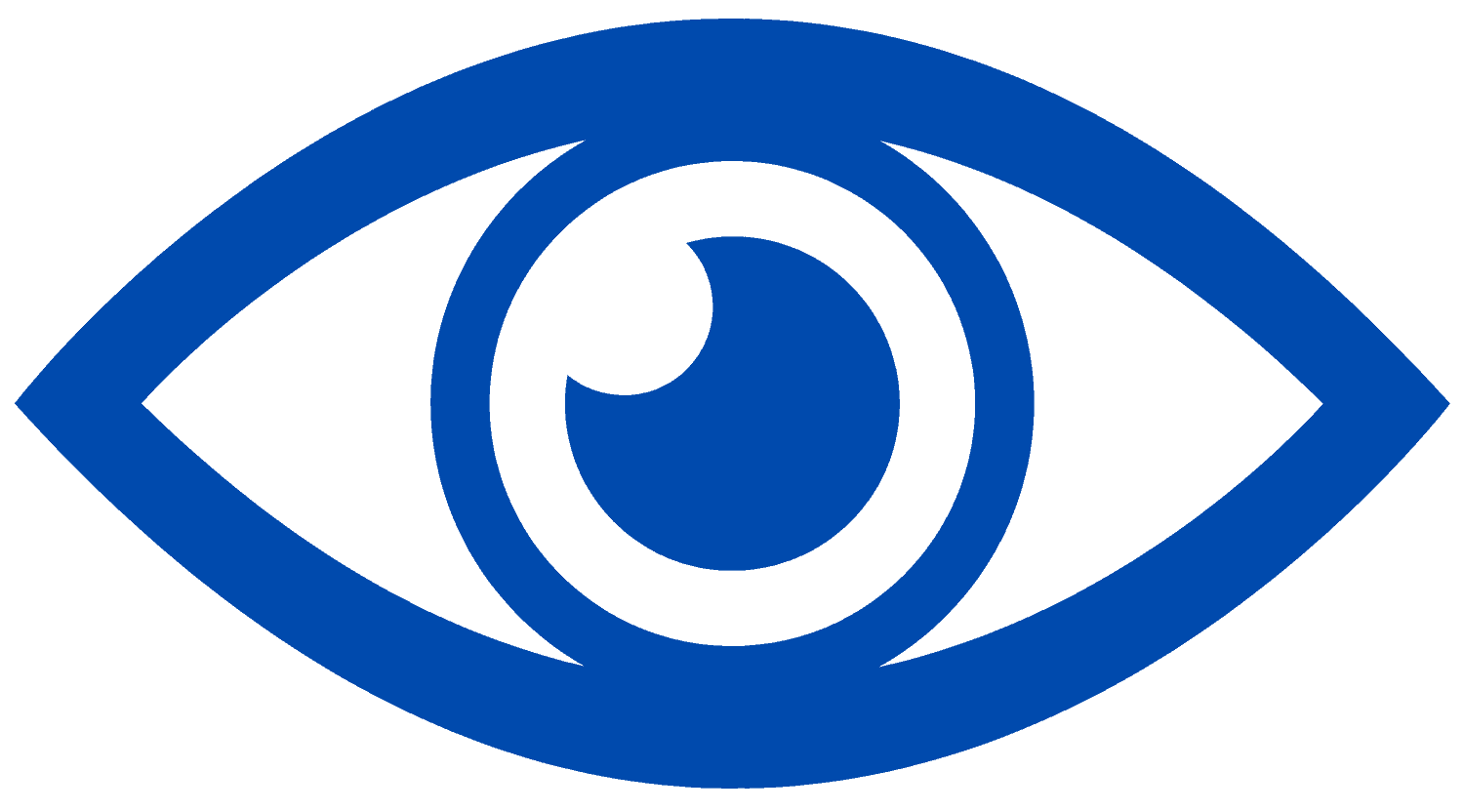The purpose of this article is to provide some clarity regarding the cost of cataract surgery in Brisbane. There is an element of unknown when it comes to paying for healthcare, and hopefully at the conclusion of this article you will walk away more enlightened on the process and how much you can expect to spend.
Understanding Cataract Surgery
Cataract surgery is a common and safe procedure that people undergo when their natural eye lens becomes clouded, which can lead to blurred vision. This condition primarily affects us as we age.
In Brisbane, cataract surgery is typically performed in either a public hospital or a private eye clinic. During the procedure, your surgeon carefully removes the clouded natural lens of your eye and replaces it with an artificial lens implant, which is either a monofocal or multifocal lens depending on your specific needs and lifestyle. A multifocal artificial lens implant is typically used for those hoping to reduce their dependency on glasses for both near and far vision, however is more likely to be an out-of-pocket cost rather than one covered by your insurer. Monofocal lens implants are useful for long-distance vision, however will still require you to wear contacts or glasses for intermediary- and short-distance vision.
The entire process of cataract surgery is relatively quick, and most patients experience a significant improvement in vision.
Benefits of Cataract Surgery Include:
- Improved Clarity of Vision: One of the most immediate benefits patients notice is the significant improvement in the clarity of their vision. The removal of the cataract eliminates the cloudiness that causes blurred vision.
- Enhanced Quality of Life: With clearer vision, daily activities like reading, driving, and using digital devices are much easier and more enjoyable.
- Reduction in Dependence on Glasses: By choosing multifocal intraocular lenses or a specific type of monofocal artificial lens implant, many patients can reduce or even eliminate their need for glasses or contact lenses.
- Increased Safety: Clearer vision contributes to our overall safety, especially in activities like driving, where visual accuracy is crucial.
- Brighter and More Vibrant Colours: Cataracts often dull your perception of colours. After cataract eye surgery, colours may appear brighter and more vibrant than before.
- Customised Lens Choices: The availability of both monofocal and multifocal artificial lens implants allows patients to choose an option that best suits their vision needs and lifestyle.
- Reduced Overall Eye Strain: After surgery, many patients experience less eye strain, especially when doing activities that require focused vision.
- Long-Term Solution: Cataract surgery offers a long-term solution to cataract-related vision problems, with many patients enjoying clear vision for many years post-surgery.
What types of cataract surgeries are available?
The two main options for cataract surgery are public and private.
Public Hospital
We are extremely fortunate in Australia to have a world-class healthcare system that anyone can access. It is a free service provided by the state government through your local public hospital.
Major criticism levelled at the public health system is often related to the wait times for appointments. There are a number of factors that contribute to these wait times, which include budgetary constraints and the demand that always comes with a free service.
Private Hospital/Eye Clinic
The first cost associated with private cataract surgery is your consult fee with the doctor. This fee covers the clinic appointment and scans done prior to your operation.
The clinic will be able to inform you prior to your appointment in regard to the cost. You will receive a Medicare rebate associated with this cost.
Example (*Please consult with your doctor for an accurate cost. The following figures are for illustrative purposes only.):
Doctor charges $340 for a consultation and cataract scan.
Medicare will provide a rebate for your consult and the cataract scan of approximately $167.05
Your out-of-pocket cost is $172.95.
Operation Cost
The next cost is for the operation. This is divided into three components:
1) Surgeon – the doctor who performs the operation.
2) Anaesthetist – the doctor who ensures you do not feel the operation and are adequately relaxed. Often they will administer anaesthetic around the eye and sedate you for the procedure.
3) Day theatre – this is a privately run business where patients have their operation. They provide the administrative staff and nursing staff for the day of the operation. They also provide the equipment to perform the operation including a microscope, cataract machine and instruments. The lens implant used during surgery is also supplied by the day theatre.
Scenario 1 – No private health insurance
Private health insurance is becoming more expensive with time, and many patients are now opting to self fund their care. Without insurance, the patient pays the surgeon, anaesthetist, and day theatre (including the costs of your lens implant).
Example (*Please consult with your doctor for an accurate cost. The following figures are for illustrative purposes only.).
Surgeon fee = $1750 (Medicare rebate of $588.30) = $1161.70
Anaesthetist = $500 (Medicare care rebate varies, so let’s say $150 for illustrative purposes) = $350
Day theatre = $1795 (this can be more expensive depending on the lens implant chosen)
Total cost after Medicare rebate = $3306.70 per eye.
Please consult with your doctor for an accurate cost. The previous figures are for illustrative purposes only.
Scenario 2 – Private insurance
If a patient has a private health insurer, their insurance company will pay the day theatre fee, including the cost of the lens. They will also contribute to the cost of the surgeon and the anaesthetist.
There are three options for a surgeon and an anaesthetist in regard to their fee:
1) Full fee – this is where the doctor sets a price. The patient will pay this price upfront, and depending on their insurance company, they will then get rebated a certain amount from the overall price.
2) Known Gap – This is a scheme set up by the insurance company to ensure patients have a set amount available out-of-pocket. In the majority of cases, this amount is set at $500. This means the patient contributes $500 to their surgery and the insurance company will pay the rest.
3) No Gap – This is an agreement between the surgeon and the insurance company that the patient does not have to pay any gap. The insurance company will cover the entire cost.
What to know before getting cataract surgery
Preoperative Information
When you’re gearing up for cataract surgery, it’s important to understand the journey you’re about to embark on.
The first step often involves a detailed consultation with an eye doctor. This is where you and your doctor will discuss everything from the specifics of the procedure to the type of lens implant that suits your lifestyle and vision needs, be it monofocal or multifocal lenses. If you’re uninsured, your doctor will also talk about uninsured cataract surgery costs and the available payment options. It’s a good idea to prepare a list of questions for this meeting, so you leave fully informed about every aspect of the surgery.
Before the day of the surgery, you will usually be given a set of instructions to follow. This might include fasting for a few hours before the procedure or temporarily stopping certain medications. It’s crucial to adhere to these instructions to ensure the best possible outcomes from your surgery. You should also arrange for someone to drive you home after the procedure, as you will not be able to drive immediately after the surgery.
Post-Surgery Recovery
Recovery after cataract surgery is generally quick and uneventful for most patients.
Right after the procedure, you may experience mild discomfort, light sensitivity, or a gritty feeling in your eye, but these sensations typically subside within a few days. It’s vital to follow the post-operative care instructions given to you by your doctor, including taking prescribed eye drops and avoiding certain activities that could strain your eyes.
Your doctor will schedule follow-up appointments to monitor your recovery and ensure that your eye is healing properly. During this period, it’s important for you to watch for any signs of complications, although these are rare, and if you do observe any abnormalities it is vital you report them to your doctor immediately.
Additionally, understanding your health fund coverage or out-of-pocket costs for follow-up care is crucial. You should be aware of what your insurance covers and what additional costs you might need to bear. This knowledge helps you plan your finances accordingly and avoids any surprises down the road.
To learn more about cataract surgery costs in Brisbane and our cataract surgery consultations, contact Dr Ryan:
- 87 Ipswich Rd, Woolloongabba QLD 4102 on Monday 27 November 2023
- (07) 3239 5000
- Monday to Friday 8:00am to 4:30pm


